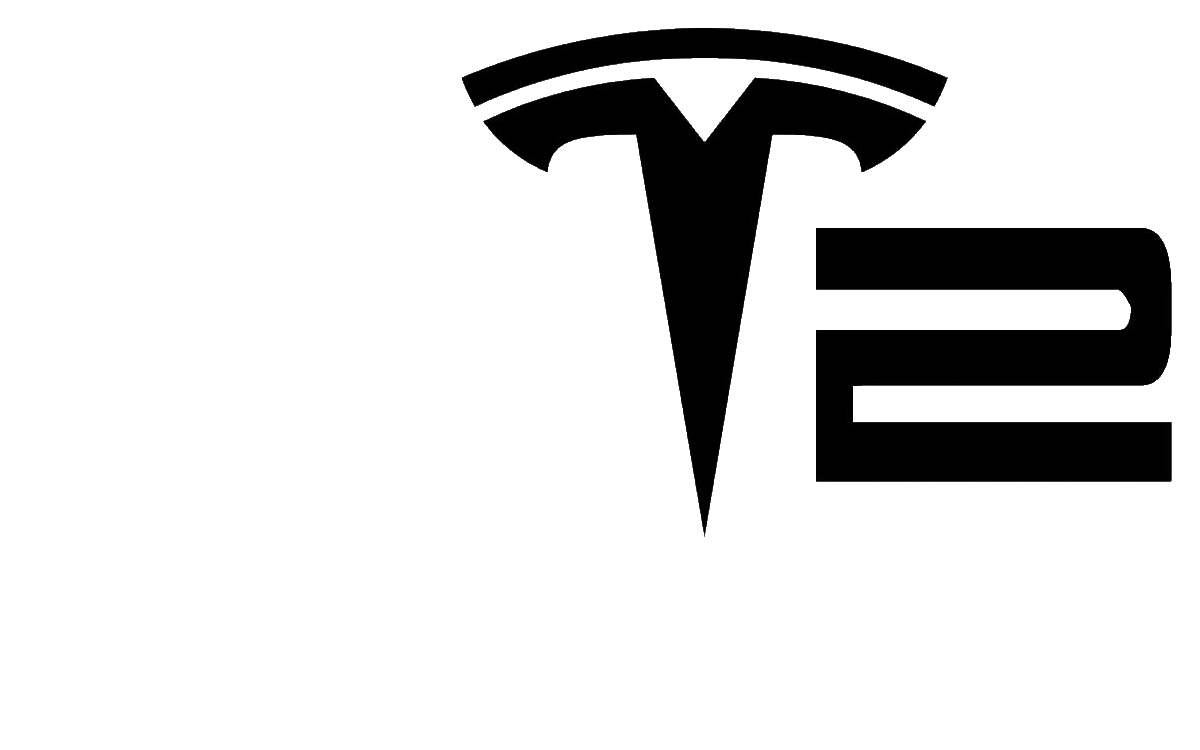scottf200
Well-known member
- Joined
- Jul 31, 2021
- Threads
- 22
- Messages
- 903
- Reaction score
- 57
- Location
- Chicagoland
- Vehicles
- Tesla Model X
No worries. I was just reporting numbers.Don’t consider this a complaint, Supercharger network is rad and a huge accomplishment.
That said, I’m not sure Tesla has ever really hit their projections on growth during any short period of time. So don’t be surprised if growth ends up “only” 75%.
Keep in mind they are being incentivized ($) and tracked as part of it. IMO, this changes the dynamics of their motivation.
The past couple of years have been very impressive to me at least.
The 'changes' page here at supercharge.info (crowdsourced and donation supported)...
... is amazing to bounce into every once in a while. Below is just ONE week.
